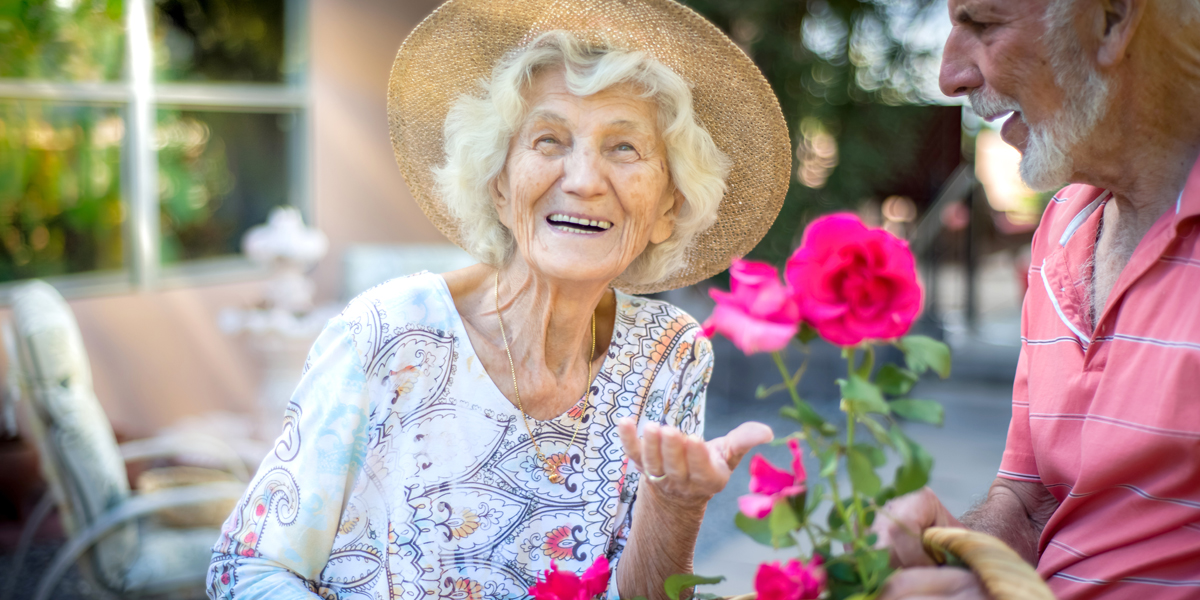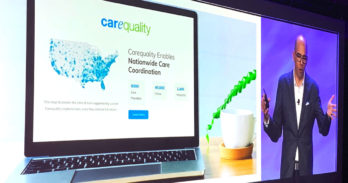
4 Ways to Help Seniors Live a Joyful and Purposeful Life Each Day
 4 min
4 min
The U.S. Census Bureau reports that by 2030, all of the baby boomers will have reached the age of 65 and by 2035 older adults will outnumber children for the first time in American history. Global projections on aging show similar trends. According to a United Nations report, the number of older persons in the world is projected to be 1.4 billion in 2030 and 2.1 billion in 2050 and could rise to 3.1 billion in 2100.
Creating a list of the challenges that could arise from a rapidly aging world isn’t difficult, and too often the senior care industry does just that by focusing on the negative outcomes or the “clinical” part of the aging experience, such as frailty (falls, behaviors associated to dementia, rehospitalizations, and the overprescription of antipsychotic medications).
Yet, there are several positive aspects when it comes to aging, and focusing on the benefits of growing old can increase the success of communities worldwide by making them more intergenerational and interdependent. Providers in the senior care industry can increase opportunities for older adults to be happy, healthy, connected, and independent, and in doing so, improve their community’s performance across the board.
In 2005, researchers Mara Mather and Laura Carstensen (the founding director of the Stanford Center on Longevity) coined the term, “Age-Related Positivity Effect”. Their research showed that older people are able to focus on and emphasize positive emotions in their lives and diminish the negative ones. The ability to edit out negative emotions is not the only superpower of older adults. Other research has shown that aging can improve a person’s resiliency by helping them “bounce back” in spite of their difficulties with money, poor health, and negative personal experiences.
The power of resiliency is highlighted in John Leland’s latest book, Happiness is a Choice You Make: Lessons from a Year among the Oldest Old. Leland builds on the work of Laura Carstensen and finds that older adults can realize true happiness by focusing the time they have left on emotions, people, and activities that bring them the most joy each day.
An important characteristic of a successful senior living community is providing all residents, no matter their current abilities or preferences, with abundant opportunities to live a joyful and purposeful life each day. To move in this direction, providers should:
1. Listen Carefully.
The loneliness, helplessness, and boredom that many older adults face can be alleviated through social engagement and interaction. Studies have shown a correlation between socialization and increased health and well-being in older adults. A good way to promote this is to set aside time to listen to the needs and concerns of each resident in a face-to-face conversation without interruption. “Engage at Every Age” is the theme of this year’s Older Americans Month and active listening is an important step toward meaningful engagement.
2. Be Flexible in Planning.
It’s a common mistake to believe that people over a certain age are all the same and that an engagement strategy can be one-size-fits-all. In fact, the needs and preferences of those at age 65, 75, 85, and 95 will be quite different, and the most successful engagement plans recognize this and change with the resident.
3. Collect Data and Track Success.
Using technology, rather than paper-based options, to support data tracking and evaluation allows staff members in senior living communities to have more time for the socialization and planning outlined above. Real-time analysis of the changing needs and preferences of each resident means the community can provide more of what works, to those who need it most.
4. Combat Ageism.
There are a number of strong voices that have started to speak out against the harmful impact of ageism and the power of embracing aging. Among them are Ashton Applewhite, Tracey Gendron, and Jeanette Leardi. Linked Senior has joined this movement by creating an Old People are Cool campaign to confront harmful ageism which we believe prevents our communities from reaching their maximum potential. Our Manifesto, created in partnership with older adults, asks each of us to support intergenerational collaboration.
A rapidly aging world will certainly present caregivers, families, and senior living communities with challenges. But the opportunities this situation presents will outweigh the challenges. Communities that work in partnership with older adults, tapping into their reserves of wisdom, positive thinking, and resiliency will be more innovative, inclusive and ultimately successful.
In addition to creating a joyous experience for seniors, establishing purpose is another powerful strategy for increasing resident satisfaction. Check out How to Support Purposeful Living by Fulfilling Needs to learn more.
May 22, 2018





